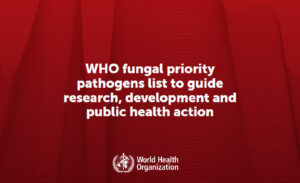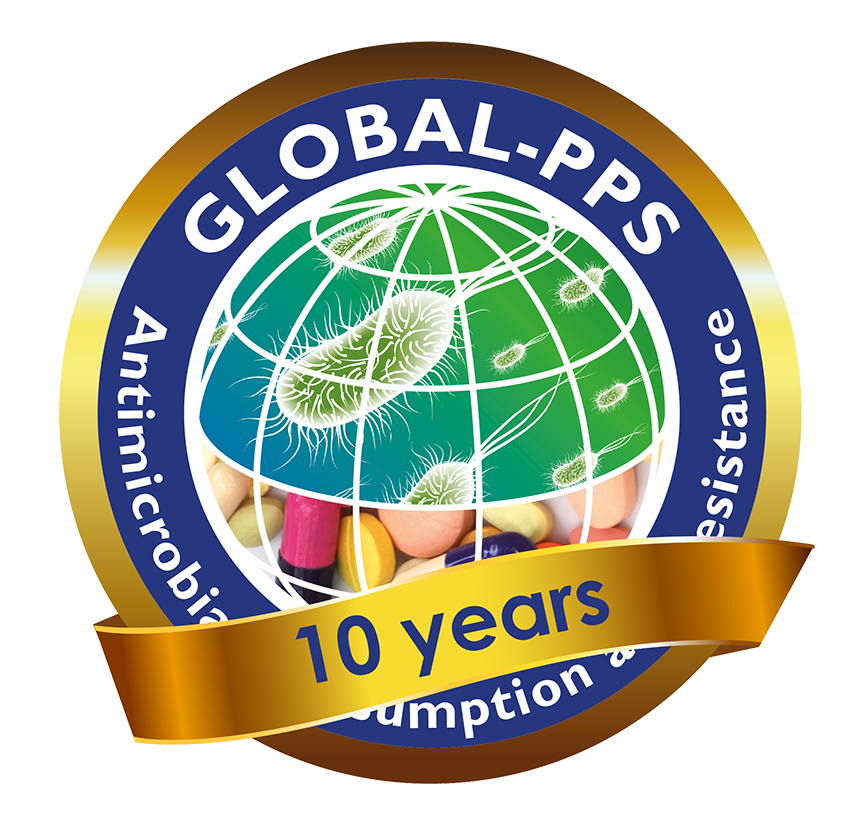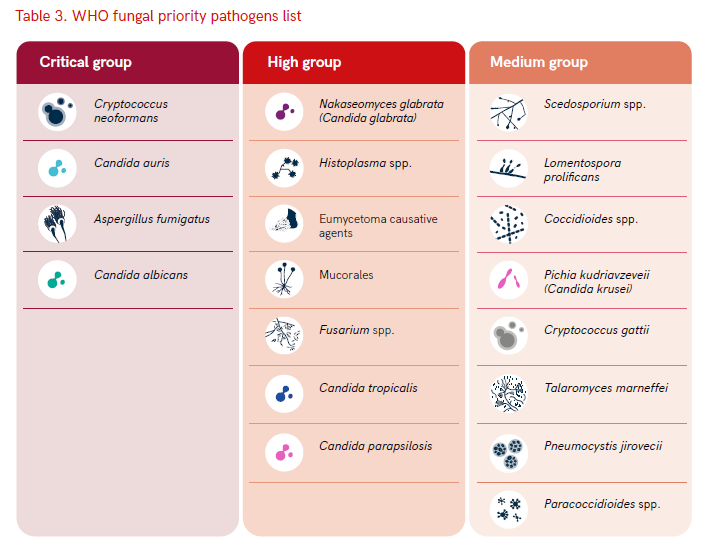Need for surveillance and stewardship actions - WHO fungal priority pathogens list

The threat that drug-resistant infections pose on public health is not limited to antibiotic resistance. Cases of invasive fungal diseases (IFDs) are on the rise, especially among at-risk, immunocompromised populations. The European Centre for Disease Prevention and Control (ECDC) recently reported an increasing number of cases and outbreaks caused by a critical pathogen, Candida auris, in the EU/EEA during 2020 to 2021 (Anke Kohlenberg, Euro Surveill. 2022).
To strengthen the worldwide response to IFDs and antifungal resistance, the World Health Organisation (WHO) has developed a Fungal Priority Pathogens List (FPPL). Its aim is to focus and drive further research and policy interventions. This list was inspired by the Bacterial Priority Pathogens List that WHO published in 2017.
The FPPL is the first global effort to systematically prioritise fungal pathogens and thus highlighting their unmet research & development needs and lack of perceived public health importance. WHO proposes three areas for action and implementation of the FPPL:
- surveillance actions, interventions and strategies including quantifying the burden of IFD and antifungal resistance and building mycology diagnostic capacity
- sustainable investments in R&D and innovation including improving existing therapies and supporting research to accurate rapid diagnostics
- public health interventions including promotion of infection prevention control measures and ensuring equitable, affordable access to quality antifungal agents.
The pathogens are divided into three categories: critical, high and medium priority.
Since 2015, the standardized Global-PPS surveillance tool collects data on prescribing patterns of antimycotics (ATC J02) and antifungals (ATC D01B) for systemic use in hospitals worldwide. Additionally, since 2019, resistance data on Candida spp., Aspergillus spp. and other fungi have been collected. In response to the release of the WHO FPPL, we examined prescribing practices of antifungals and antimycotics worldwide. The results show overall high rates of empiric and prophylactic use, including for second line agents, highlighting the need for strengthened stewardship interventions for antifungal treatments, especially in the face of growing resistance. These results will be presented during a poster session at ECCMID 2023 in Copenhagen.
Read our poster on Antimycotic and antifungal prescribing patterns worldwide here.

